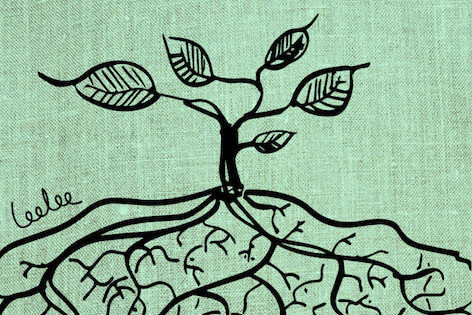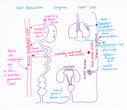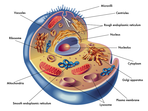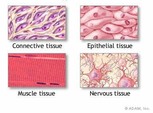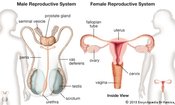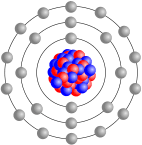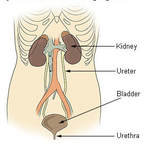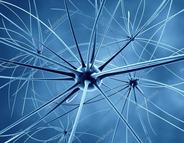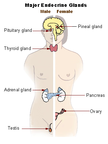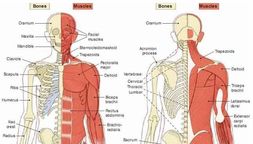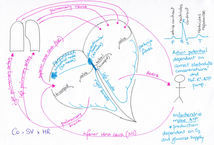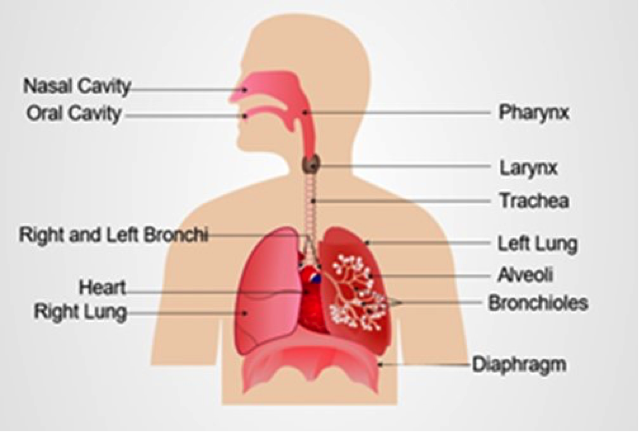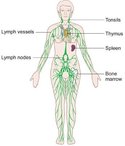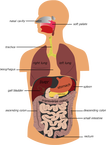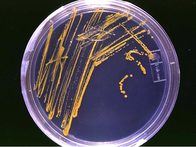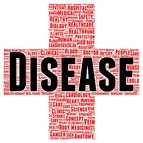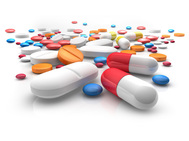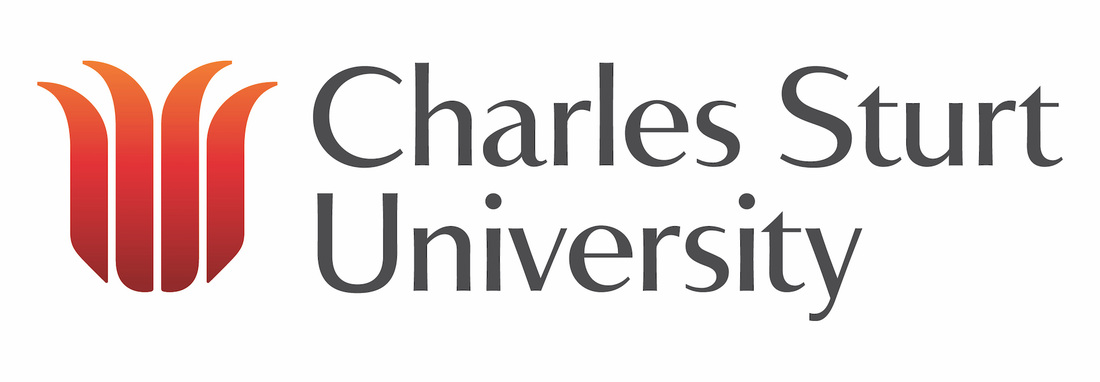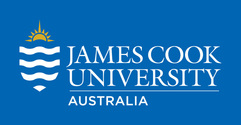You want to be a registered nurse. We want to help you get there.
|
To do that, we've pulled together useful essentials to help you get ready to study human bioscience at university.
First off Take a look at what you can expect as an enrolled nursing student at university and get a head start on the practical things you need to know and do. Then Explore your bioscience learning modules below. We recommend you look at each one. In each module, you can:
|
What can you expect as an enrolled nursing student at university?
Never imagined yourself going to university when you started nursing?
Never thought of yourself as a scientist?
Well all that is about to change :)
We want you to be prepared, confident and, most of all, inspired in your first year.
To help you do that, we've pulled together some useful information for you about the practical things you should know and do to get ready and get going in your first year.
Never thought of yourself as a scientist?
Well all that is about to change :)
We want you to be prepared, confident and, most of all, inspired in your first year.
To help you do that, we've pulled together some useful information for you about the practical things you should know and do to get ready and get going in your first year.
Your bioscience learning modules
HomeostasisMaintaining a stable internal environment.
|
CellsThe basic unit of every living organism.
|
TissuesHow cells are organised.
|
Reproductive systemThe organs which produce egg cells, and protect and nourish offspring until birth.
|
ChemistryThe study of matter: what you, your patients and the whole world is made up of.
|
Renal systemHow the body produces, stores and eliminates fluid waste.
|
Fluids, electrolytes, acids & basesMaintaining the volume and composition of the body fluids within strict homeostatic ranges.
|
Nervous systemThe network of nerve cells and fibres which transmits nerve impulses between parts of the body.
|
Endocrine systemThe collection of glands that produce hormones.
|
Muscoskeletal systemSupport, movement, calcium metabolism and thermoregulation.
|
Cardiovascular systemHow important molecules and nutrients are delivered to cells within the human body.
|
Respiratory systemThe series of organs responsible for taking in oxygen and expelling carbon dioxide.
|
Lymphatic system & immunityThe interconnected networks that carry cells and fluid back to the blood system and prevent invasion of foreign substances.
|
Gastrointestinal systemThe group of organs which work together to convert food into energy and basic nutrients to feed the entire body.
|
MicrobiologyThe study of the study of microscopic organisms (microbes) such as bacteria, viruses and fungi that are too small to be seen with the naked eye.
|
Pathophysiology introductionThe study of abnormal or disordered processes that lead to disease.
|
Pharmacology
|
